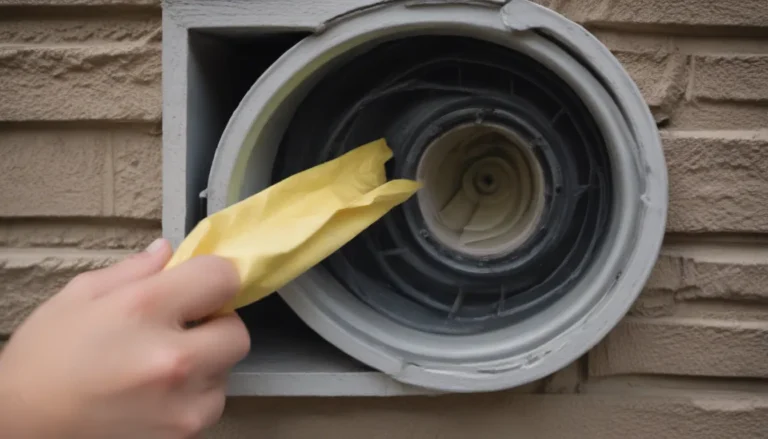Understanding the Difference Between Rats and Mice: A Comprehensive Guide

So, you’ve got some unwanted visitors scurrying around your home – rats or mice, or maybe even both. But did you know that the methods to control them are not the same? Especially when it comes to those elusive roof rats that tend to live higher up. It’s crucial to be able to identify whether you’re dealing with rats or mice so you can choose the right methods to eradicate them effectively.
In this comprehensive guide, we will delve into the world of rodents and explore the key differences between rats and mice. By understanding their behavior, food preferences, and habitats, you’ll be better equipped to tackle your rodent problem head-on. So grab a cup of tea, sit back, and let’s dive into the fascinating world of rats and mice.
Mouse vs. Rat Behavior: What Sets Them Apart
One of the most significant differences between mice and rats lies in their behavior. While both may appear similar at first glance, there are distinct characteristics that set them apart.
- Cautious rats: Rats tend to be more cautious in their movements, carefully scoping out their surroundings before venturing into a new area.
- Curious mice: On the other hand, mice are known for their curiosity, often exploring new territories without hesitation.
Physical Characteristics: What Makes Them Unique
Did you know that there are over 70 species of mice and rats scattered across North America? Among them, the house mouse (Mus musculus), Norway rat (Rattus norvegicus), and roof rat (Rattus rattus) reign supreme in the rodent world. Let’s take a closer look at each of these species:
- House mouse: Known for its small size and nimble movements, the house mouse is a common household pest that can breed rapidly if left unchecked.
- Norway rat: These larger rodents prefer fresh grain and meat as their primary food sources, often burrowing under buildings to create nests.
- Roof rat: As the name suggests, roof rats are skilled climbers that make their homes in walls, attics, and trees, posing a unique challenge for homeowners.
Exploring Mouse Habits and Behavior
Mice are notorious for their adaptability and prolific breeding habits. These small rodents prefer to feast on cereal grains and plants but are not picky eaters. Here are some fascinating facts about mice:
- A female mouse can breed up to eight litters in a year, with each litter consisting of five to six babies.
- Mice are known for their agility, capable of jumping, swimming, and climbing with ease.
- These nocturnal creatures are most active from dusk until dawn, preferring the cover of darkness to venture out in search of food.
Unveiling the World of Rats: Habits and Behaviors
Rats, on the other hand, have their own unique set of habits and behaviors that set them apart from their mouse counterparts. Here are some key facts about rats:
- Rats are voracious eaters, consuming nearly anything in their path but favoring fresh grain and meat.
- Unlike mice, rats are skilled burrowers, digging underground tunnels to create nests and seek shelter.
- Rats are excellent climbers and swimmers, able to navigate various terrains with ease.
How to Get Rid of Mice and Rats: A Step-by-Step Guide
Now that you’ve familiarized yourself with the differences between rats and mice, it’s time to tackle the issue at hand. Here are some effective methods for getting rid of these pesky rodents:
- Trapping: Invest in mouse or rat-specific traps, such as sticky glue traps or snap traps, to capture rodents effectively.
- Eliminate food sources: Remove any potential food and water sources that may attract rodents to your home.
- Rodent sprays: Consider using store-bought or homemade rodent sprays, like those made with peppermint oil, to deter rodents from entering your living space.
- Professional pest control: If all else fails, enlist the help of a professional pest control service to identify the source of the infestation and implement effective eradication methods.
Tips for Preventing Future Infestations
Prevention is key when it comes to keeping rats and mice at bay. Here are some proactive steps you can take to prevent future infestations:
- Seal up any cracks or crevices in your home to prevent rodents from entering.
- Keep food stored in airtight containers to deter hungry rodents from making a meal out of your pantry.
- Regularly clean and declutter your living space to eliminate potential nesting sites for rats and mice.
- If you live in an area prone to rodent infestations, consider setting up traps or using rodent repellents as a preventive measure.
By taking these preventative measures, you can minimize the risk of future rodent infestations and maintain a rodent-free home environment.
In Conclusion: Tackling Rodent Infestations with Confidence
In conclusion, the key to effectively dealing with rats and mice lies in understanding their behavior, habits, and unique characteristics. By arming yourself with this knowledge, you can take proactive steps to eliminate existing infestations and prevent future rodent problems.
Whether you opt for DIY solutions or enlist the help of a professional pest control service, it’s essential to address rodent infestations promptly to protect your home and family. With the right tools and strategies in place, you can say goodbye to unwanted rodents and enjoy a pest-free living environment.
So, next time you hear the telltale pitter-patter of tiny feet in the dead of night, remember the valuable insights you’ve gained from this guide and tackle the issue head-on. Rodent infestations may be a nuisance, but with the right approach, you can reclaim your home and live in peace once more.





